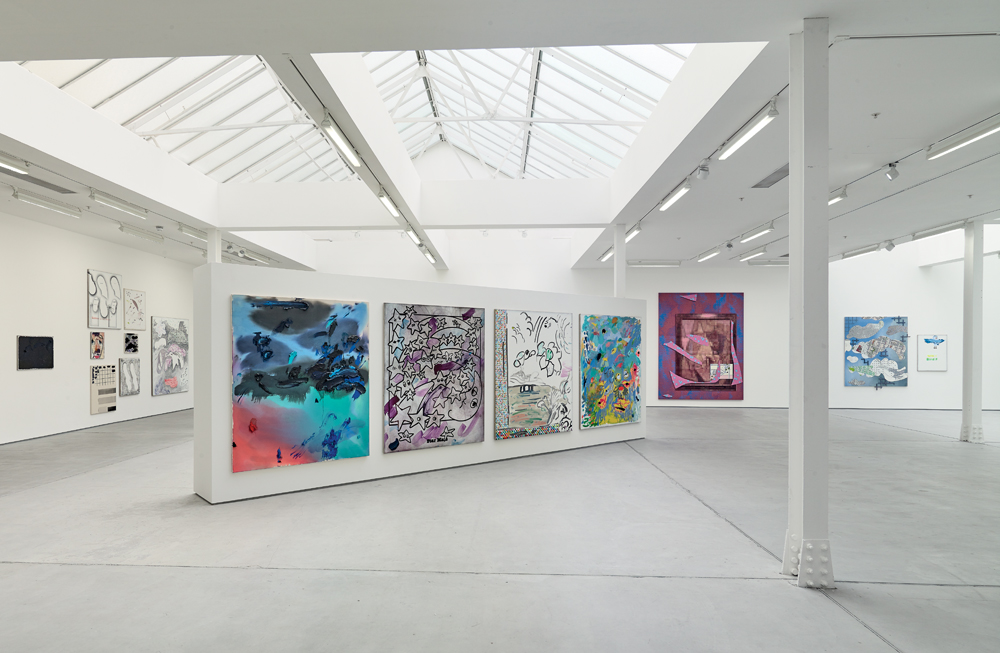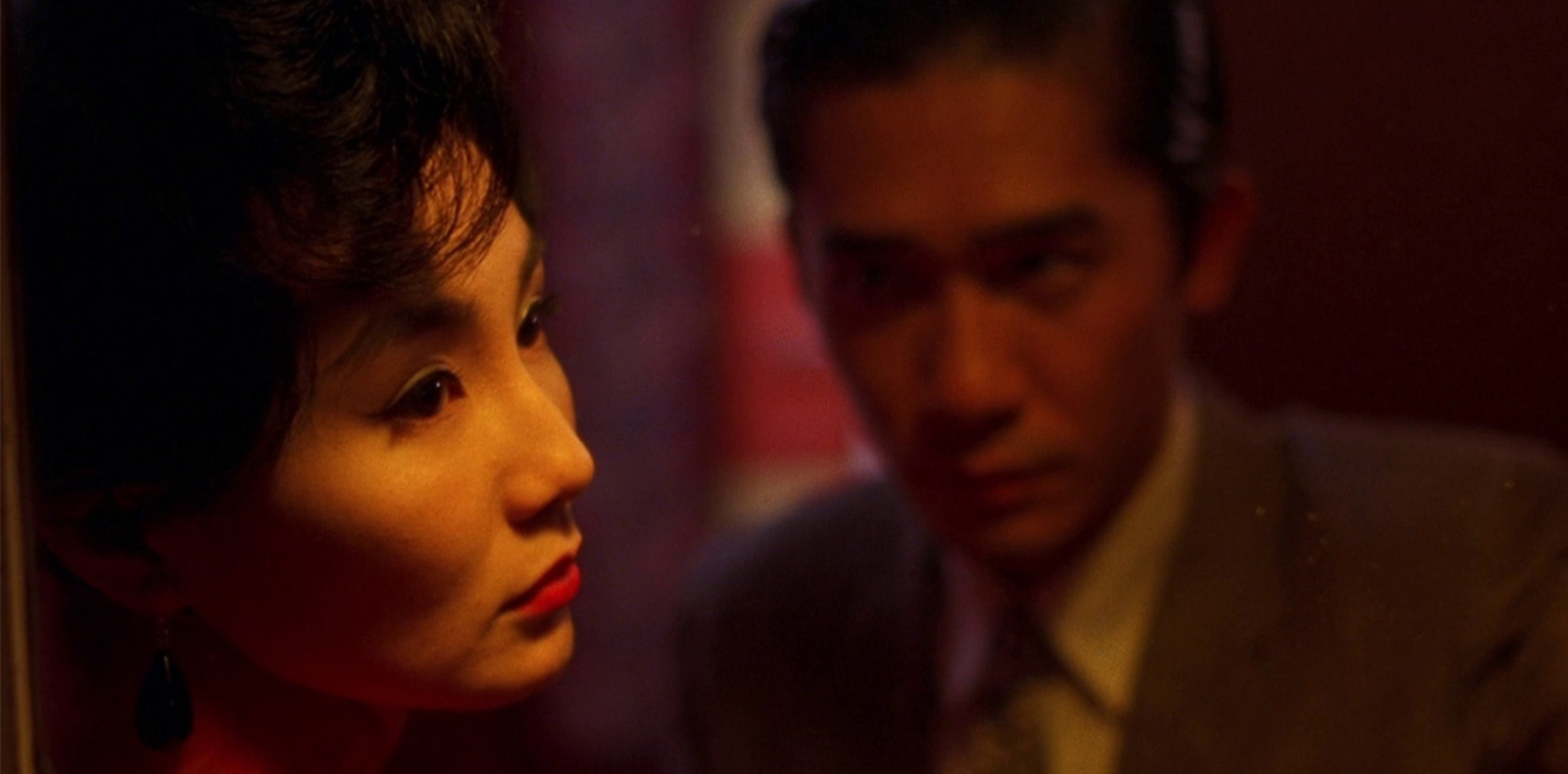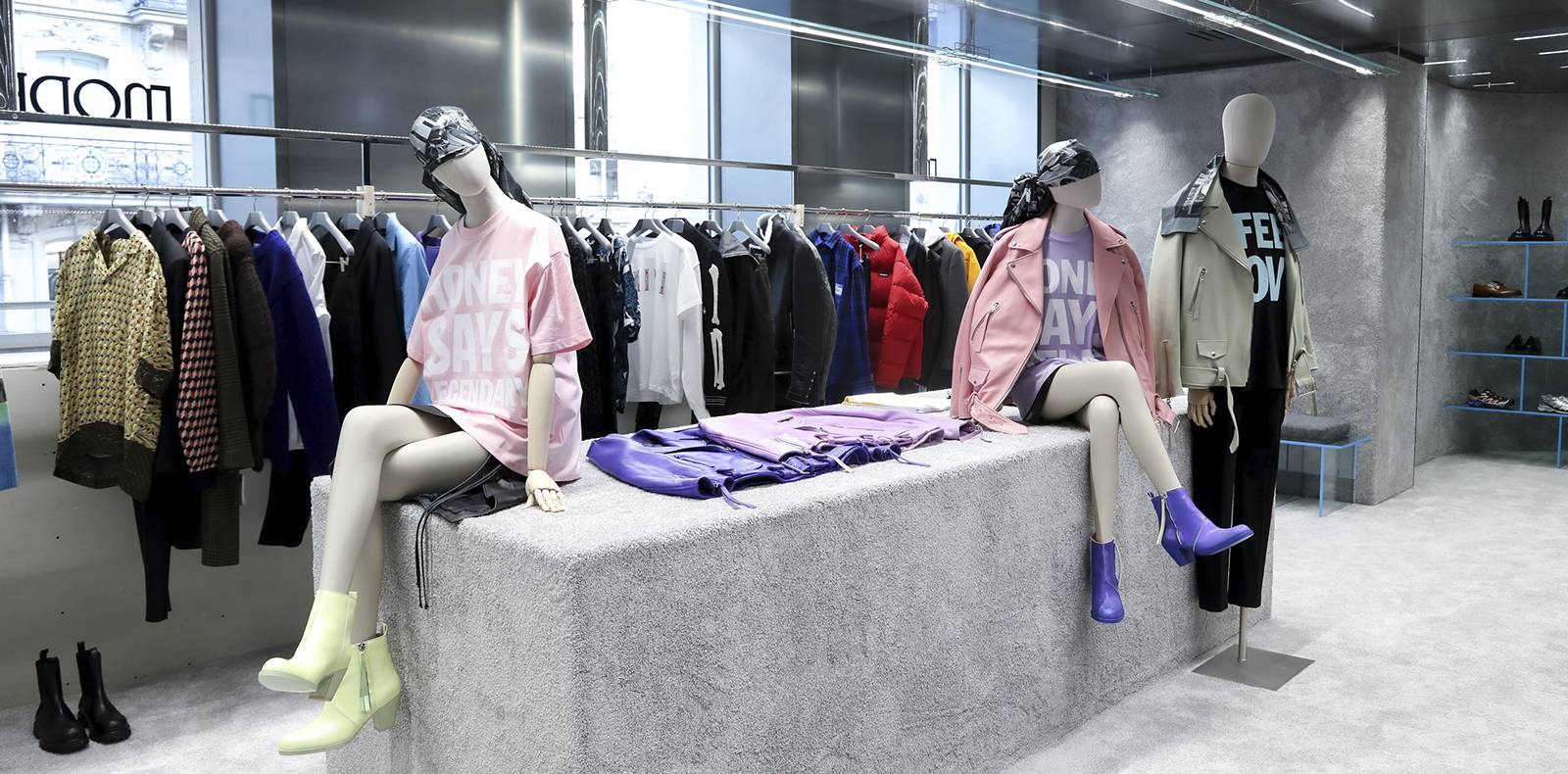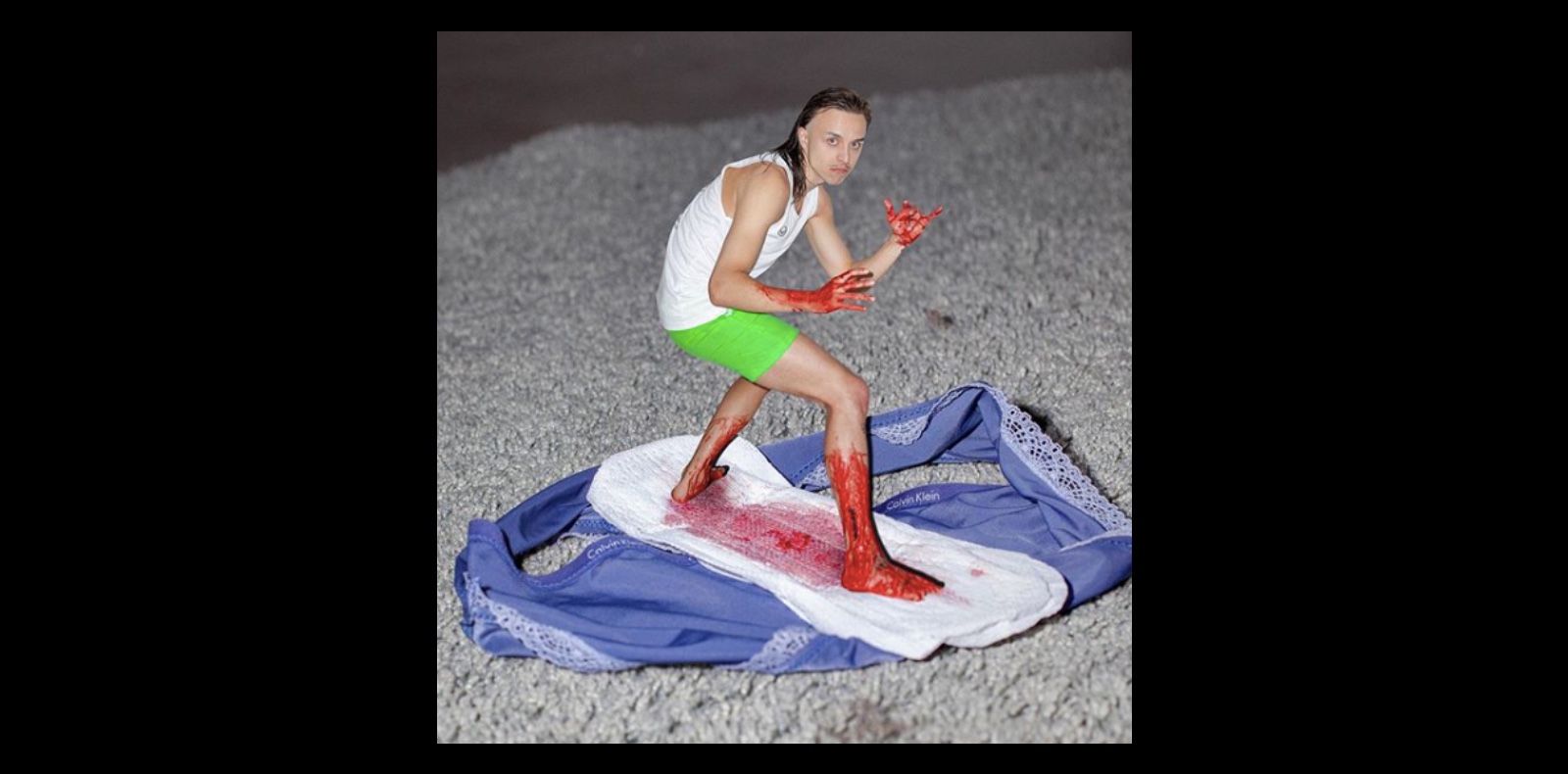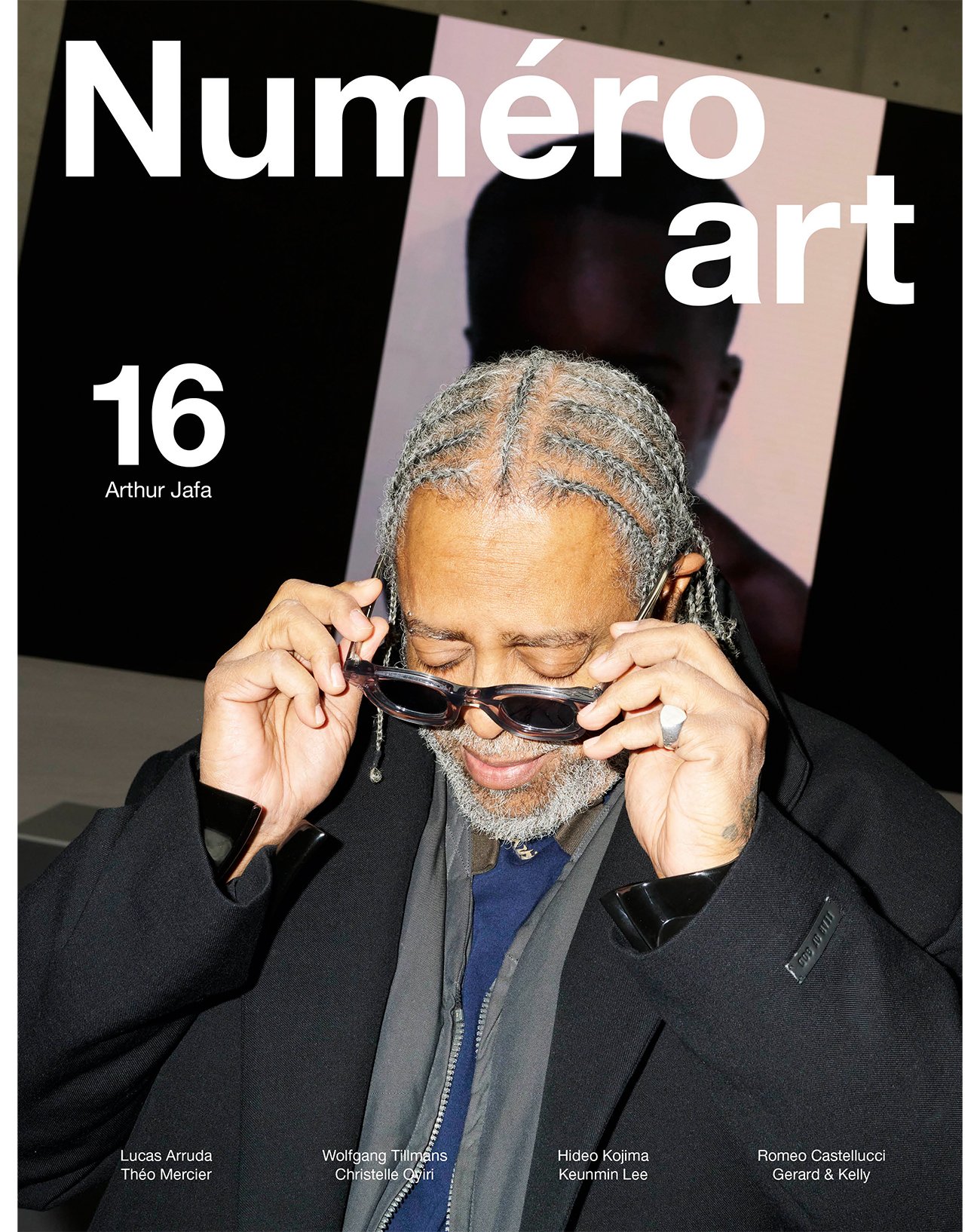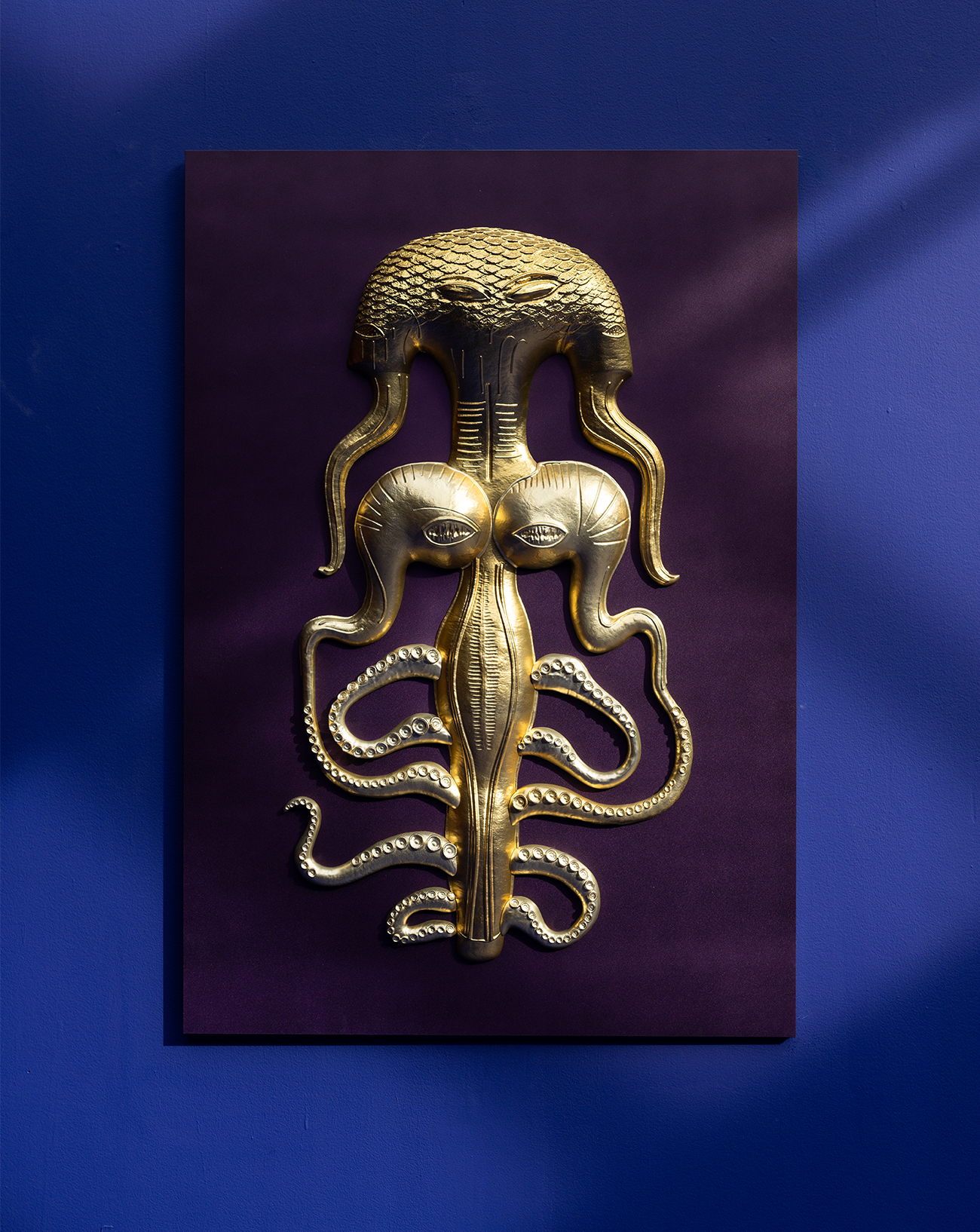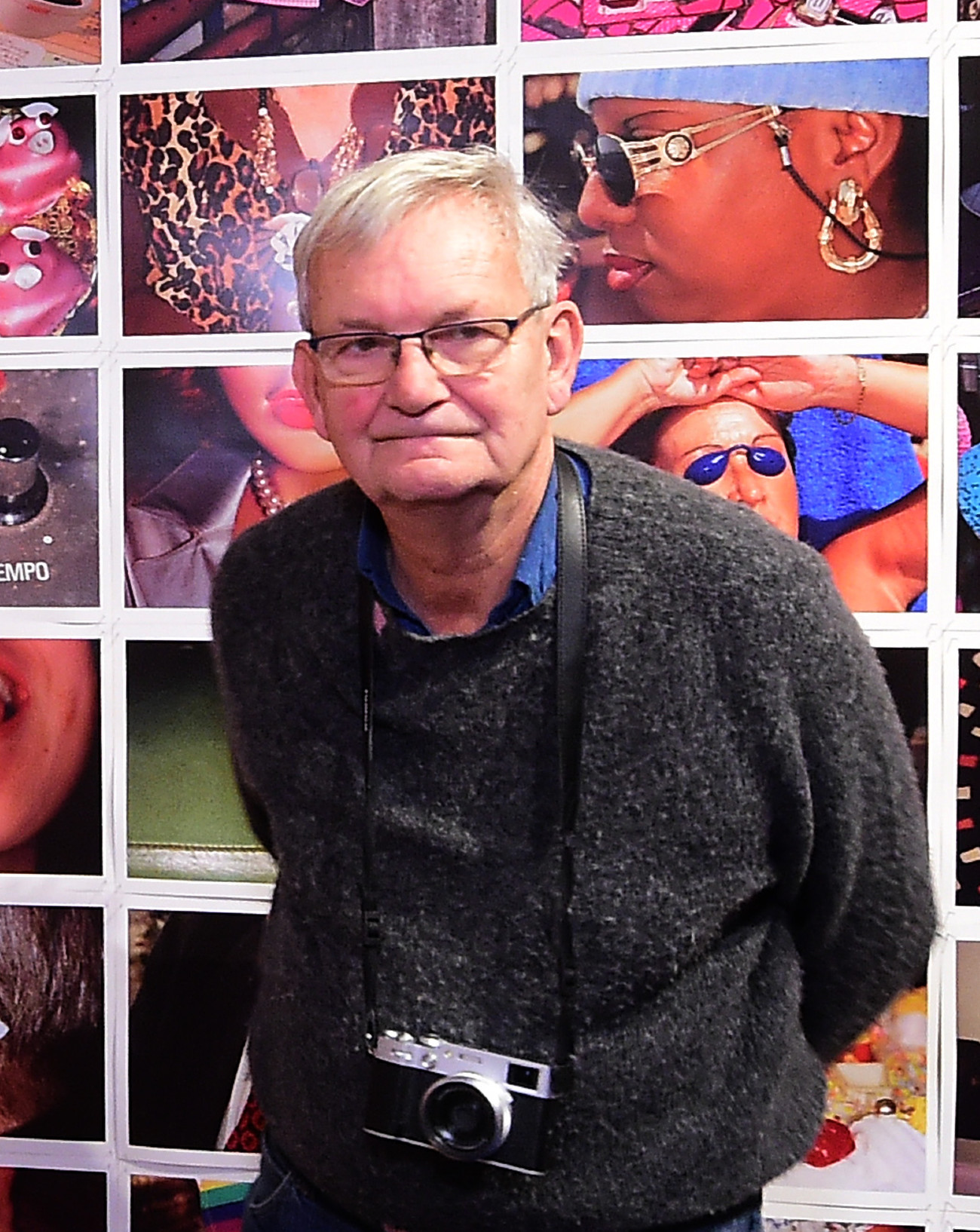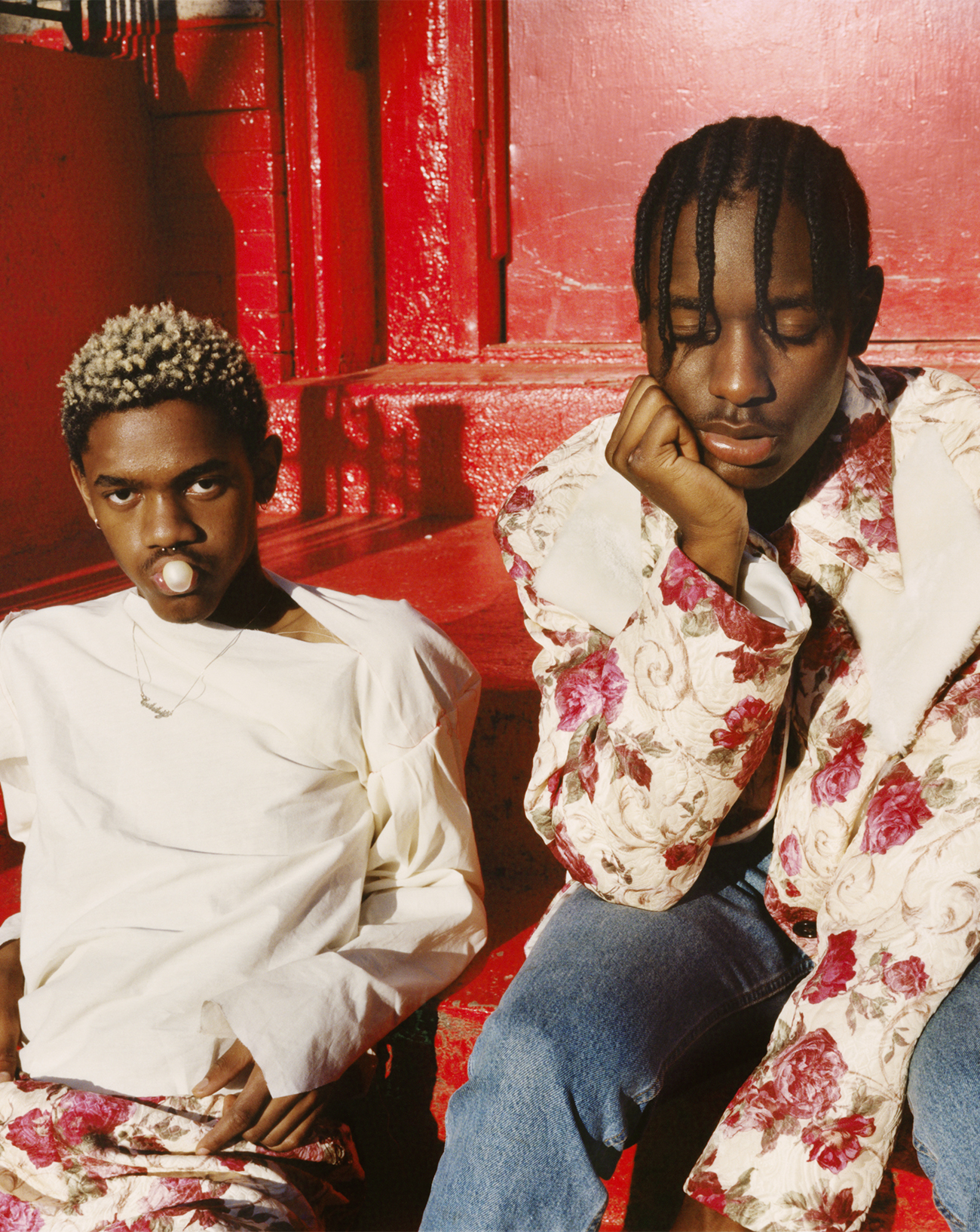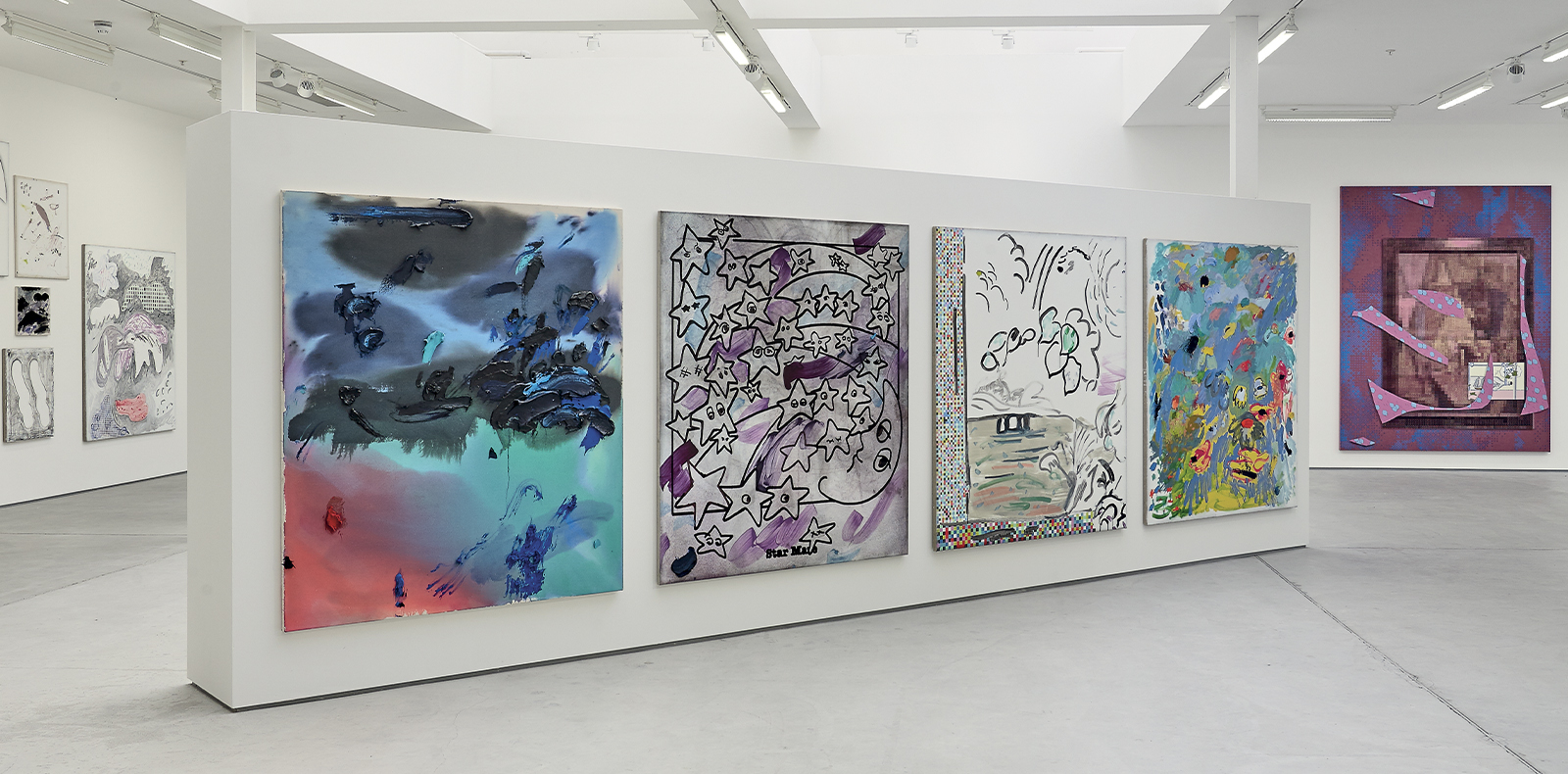
1
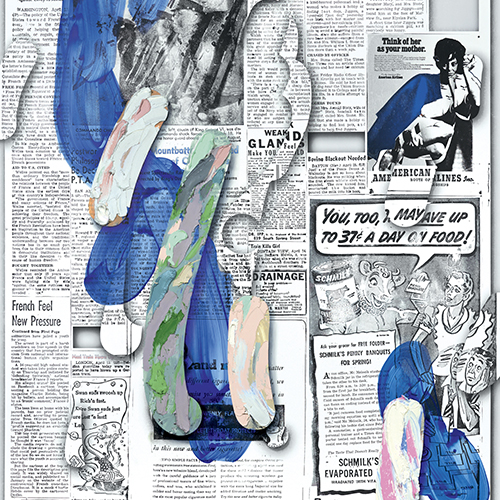
1
Laura Owens’ innovative approach to paintings : from medieval tapestries to emojis
For 20 years, Laura Owens has pioneered an irreverent approach to painting and sampled imagery from medieval tapestries to emojis, using techniques as traditional oil paint, digital rendering, needlework, and collage. A way to challenge art historical hierarchies and notions of good taste. Numéro met up with the American artist.
Interview by Nicolas Trembley.
Numéro : What’s your background? How much did the context you were raised in influence you?
Laura Owens : I grew up in a small rural town in Ohio, mostly farmland.
Do you remember what your first encounter with art was and how did you figure out that you wanted to be an artist?
I remember going to the Toledo Museum of Art and the Cleveland Museum of Art on class trips in high school and also going on weekends with my grandparents to see exhibits. Any chance I could I wanted to get out of my very small town. I had a friend who was studying to be an actor who told me about an arts camp in Michigan and I promptly asked my parents if I could go the following summer. I was already interested in art but I wanted to meet other people interested in music and art and experience more of the world.
“I don’t think I have ever had a solo show where I didn’t install the work very specifically.”
What were you looking at and what are you looking at today?
At the reservoir in my home town Jackie Ferrara made a public sculpture in 1984. Museums were about 100 miles away but they had very good collection of contemporary art, as well as an encyclopedic collection with very good Impressionist painting, and modernist painting and sculpture. The Cleveland museum of art has an incredible Caravaggio, The crucifixion of St Anthony, and owns many important works.
What are the main sources in your images?
There is never just one source, in fact it is important that I stay open to new influences. I use a sketchbook, folders on my desktop, I take pictures with my phone, and write in a word doc. All of which I refer to when I am in the studio.
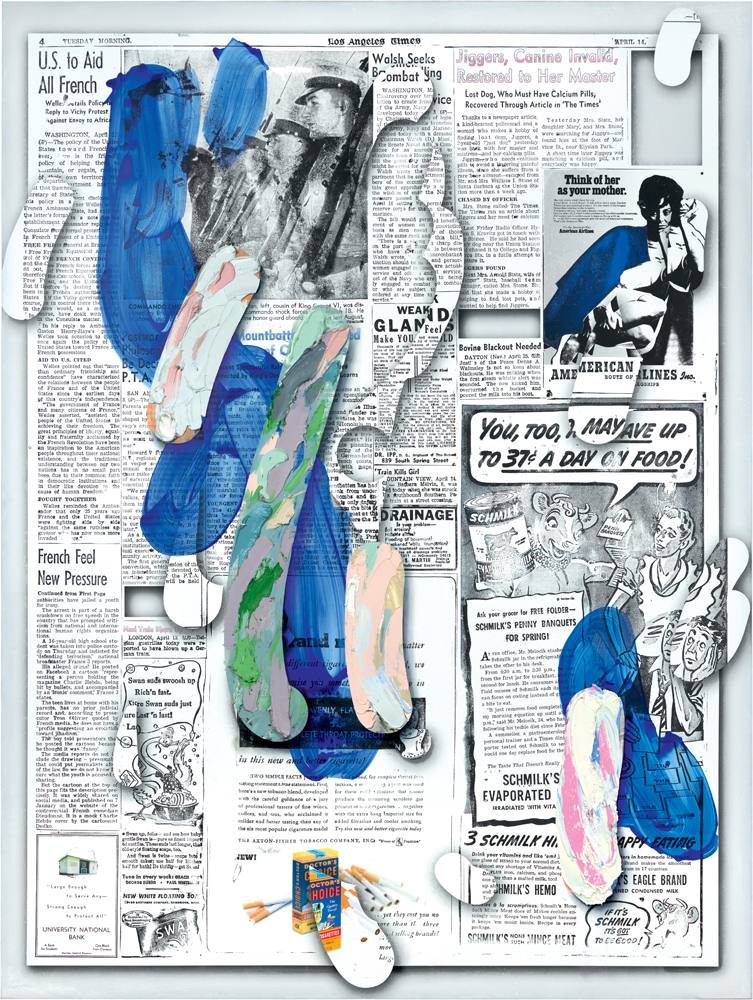
Your works are recently produced with many layers, going from the computer to the canvas back and forth, when do you know when a work is finished? Or when do you decide it’s finished?
This is the question one confronts when painting. It is a decision to say ‘this is the painting’. If I add or subtract from what is here, I would not improve it.
Do you always know what you will produce? How important is the notion of hazard in your practice?
No I don’t know. Purposefully I try to have other people intervene at random so I have to respond to their action. I sometimes set up a situation that will retrieve certain information through chance operation. Often I begin with language, like a pun. For example when I decided to make wallpaper, I scanned a crumpled up piece of paper and turned into the basis for the wallpaper. Or I use an existing system of information, like a newspaper. Or my own photograph, or a found object. Starting in one place, I always know it will not be a straight path, and that is part of the fun.
You are not attached in a particular style, you seem very free, do you work in series? How do you decide to work on a specific series?
What is traditionally called a series, I have used to form the idea of site specific installation, or exhibition. Sometimes the series is actually one piece. And usually a series if it happens is the product of a word prompt. Like ‘make every cover of this catalogue different’, they are all different, and it is a series, and it is one thing.
How do you install your works? Is the display important?
I often respond to the location or site, but not always. And yes I believe the exhibition and installation is very important now for all artists. I don’t think I have ever had a solo show where I didn’t install the work very specifically, or in some way respond to the site. In 2016 I presented a set of ratios to my gallerist in London to build three walls using the fraction for the relation from one wall to each other wall but to not to tell me how large or where they would be placed, so I would have to respond after I arrived at the gallery with the work. Likewise she did not have the dimensions or amount of work I would send. It was specific intention to create a situation I would need to respond to in the moment and where I could not aestheticize a relationship between the work and the space in advance.
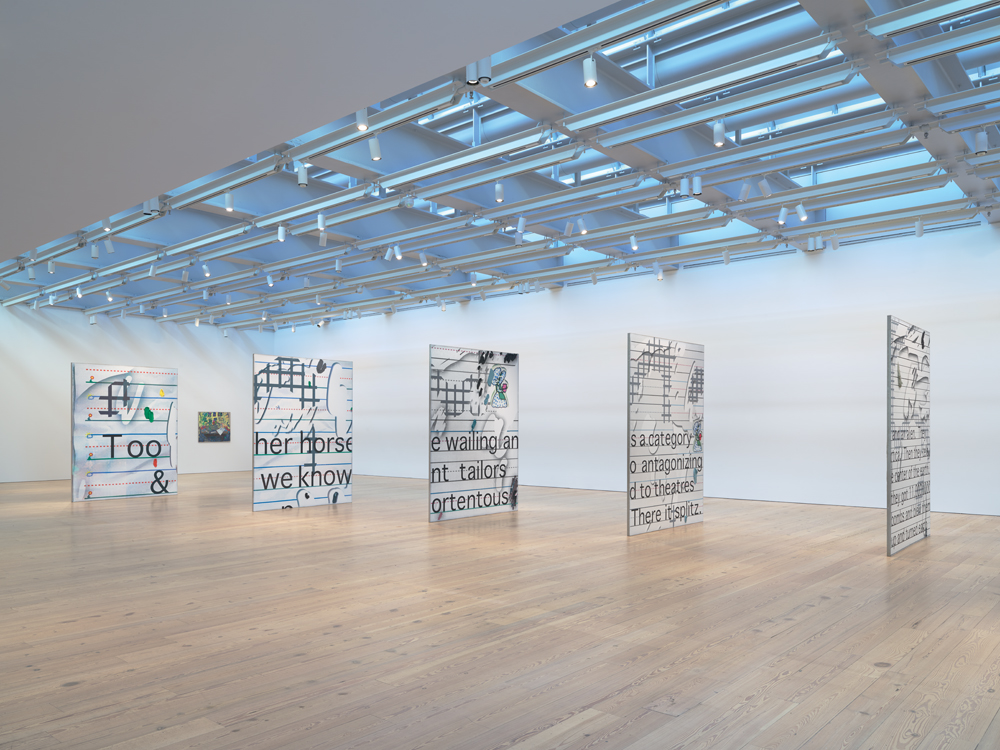
How do you choose the titles for your pieces?
They are all untitled.
Where do you want to inscribe your work? Is it in in the “big” history of paintings? which story precisely?
The history of painting is a lot bigger than most people imagine, it involves many different mediums, like textiles etc., and I don’t necessarily need to be inscribed but I would like to be a part of a language that continues well past me and my work.
Did you ever feel associated with a community or a movement? Do you today?
Not in the traditional sense, this is a very romantic idea, would be lovely. I feel supported and supportive of a lot of my friends who are artists, writers and musicians.
“I would hope that for all art in this time, the viewer has a moment to slow down and look in a different way.”
You spend the last months in Arles preparing an exhibition for the Fondation Van Gogh, can you talk about this project ?
I have been so lucky to be living in France and especially in Arles during confinement. I have enjoyed learning about the important history of the town, and relating it to our present day. For example learning that Rue Dr. Fanton where the Fondation is in Arles, is named after a doctor that died during the Cholera epidemic in 1884 treating many patients for this disease, not unlike many of the healthcare works who have died from Covid-19 while trying to save many others. I have learned through a brief mention by Voltaire, of a horse named Mauraco and his Master who were together burned alive in the center of Arles around 1606. The horse was trained through natural horsemanship to do many tricks through only word and gesture as opposed to whip or reigns. The leaders of the time were suspicious of this power and the money the horse trainer was getting from this entertainment and burned them both for being sorcerers. And I am hoping to finish many works that are inspired from these interesting histories.
Is there anything you would like to make people conscious of through your art in this special time
It is often wishful thinking that ones art would have any impact, but I would hope that for all art in this time, the viewer has a moment to slow down and look in a different way than say reading, working or other social activities.
More info on sadiecoles.com and galeriecapitain.de.






